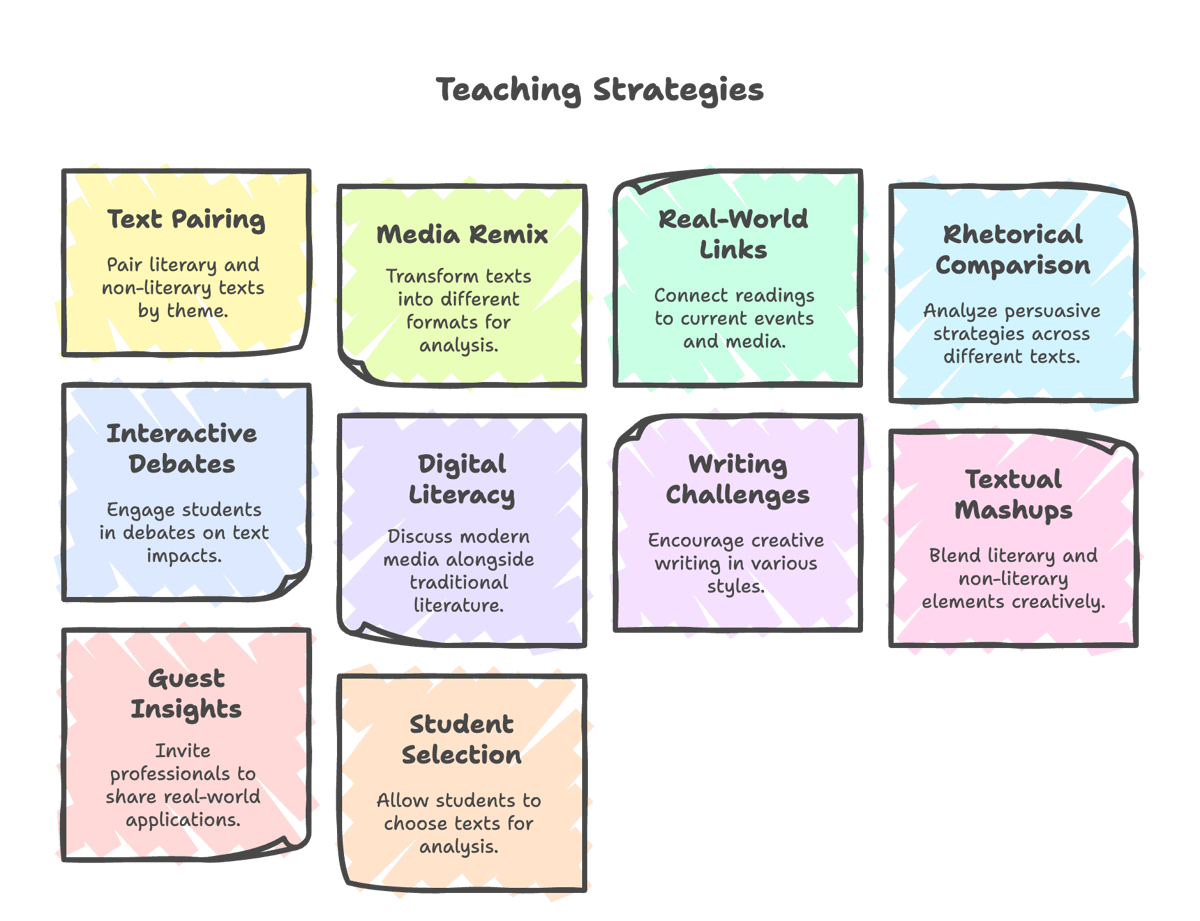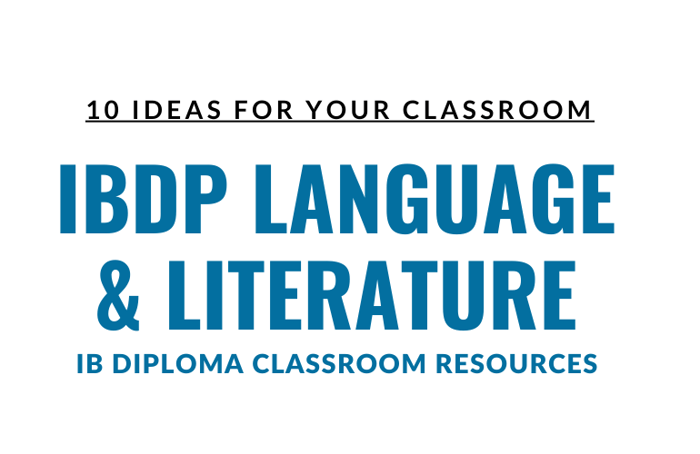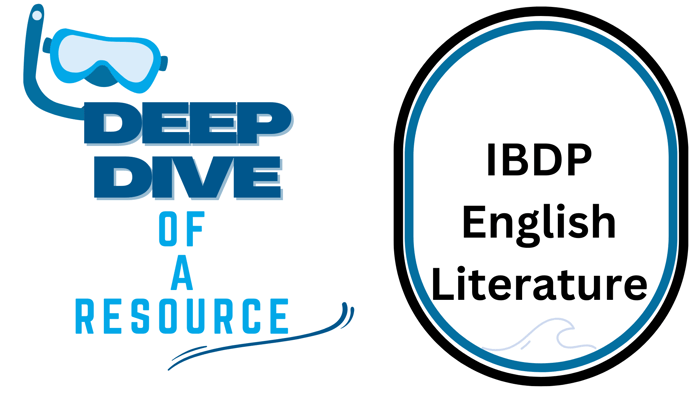The IB Diploma Programme (DP) Language and Literature course is designed to develop students’ analytical and critical thinking skills through engagement with a broad spectrum of texts. These include both literary works, such as novels, poetry, and plays, and non-literary texts, such as advertisements, opinion pieces, journalistic articles, and digital media. However, finding the right balance between these two categories poses a challenge for many educators.
Should teachers emphasize the study of canonical literature, which offers rich themes and complex narrative structures? Or should they integrate contemporary non-literary texts, which expose students to the real-world application of language and media? More importantly, how can we ensure that students develop strong analytical skills across multiple forms of communication—from the structured rhetoric of a political speech to the visual persuasion of an advertisement?
A well-balanced approach enhances students’ ability to interpret, compare, and critique different text types, preparing them for both academic and real-world applications of language analysis. By integrating a variety of texts, students not only engage with classic literature but also understand how language shapes meaning in everyday contexts, from social media posts to news headlines.
To achieve this balance, teachers can adopt creative and interactive strategies that encourage students to make meaningful connections between literary and non-literary texts. Below are some effective techniques to ensure that both text types receive equal emphasis while fostering engagement, critical thinking, and multimodal literacy in the DP Language and Literature classroom.




